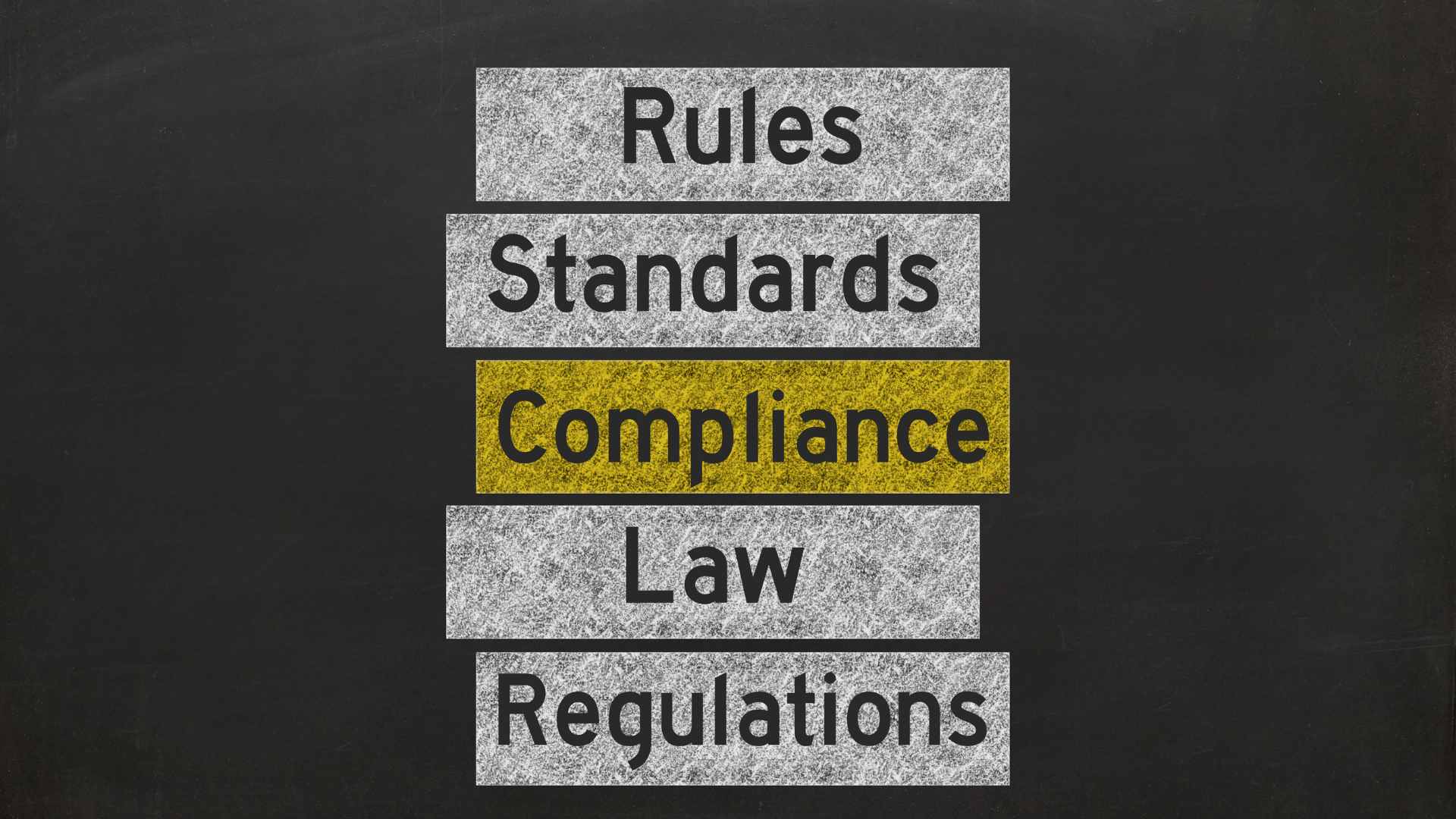VIEW BY TOPIC
- Finding Customers
- Business Systems
- Managing Employees
- Leadership
- Managing Money
Related Posts

Ready to Grow Your Business Fast?
Here’s How I Grew Five Businesses, and Eventually Sold One to a Fortune 500 Company.

In your business, it’s no doubt an everyday event for staff to share feedback or advice. From project managers to team leaders to supervisors to co-workers, all staff members would have occasion to provide guidance, instructions, and opinions to each other.
Keep an eye on your milestone chart – your team seems to be running behind.
I noticed you were late today; is that happening regularly?
Your project definition document is missing a key piece about goals and assumptions. This content has to be researched and then added.
The fire drill today didn’t go as planned; I heard the staff was left in the building or were wandering all over the campus. Set up a meeting with me to look at what occurred and what we can improve upon.
At times, the recipient of the feedback or advice may react negatively. Some staff may see guidance or constructive criticism as a personal reprimand or put-down. Sometimes, people are not mature or realistic enough to hear when they’ve made a mistake, need more supervision, or aren’t doing their job as well as they could.
How to Handle Feedback and Advice
There are two parts to feedback and advice; how to dish it out and how to take it.
Create a Culture of Respect
The way to get respect as a manager is to treat your staff with respect. That means considering their feelings, dignity, and confidence when managing them. Also offering rewards can demonstrate that you care about your employees.
One of the best things you can do in your organization is to develop a habit of “catching people doing things right.” That is counter to the normal behavior of managers who instead look for problems to catch. If you have praised an employee a number of times, they won’t likely resent you giving them constructive criticism.
Praise in Public, Criticize in Private
A major plus is to deliver feedback and advice so that it’s not interpreted as criticism. Be respectful by saying something positive or friendly first.
You’re doing a great job at managing the XYZ project. I’m very pleased overall. Just be careful that the team is meeting the milestones – we don’t want to run behind.
You’re usually on time, but I noticed you were late today. Is everything OK? Let me know if you need to talk.
Even better, give them a “criticism sandwich.” Compliment first, criticize next and end with a compliment.
Nice job on the Jones project! Thanks for all the work you put into the project definition document. Let’s be sure to include the goals and assumptions. Thanks again!
I have a few ideas on how we can make improvements in our fire drill process – we have to make sure that everyone gets out quickly and safely. Would you please set up a meeting to talk about it?
Think before you speak
- Don’t give feedback when agitated or angry. Don’t raise your voice or come across as confrontational. If your words, tone, expressions, or posture reflects negativity, then the feedback could be construed as demeaning, retaliatory, or controlling.
- Consider how you’d like to get pointers or critiques. You can start by being direct but empathetic: “I know the schedule is tight, but I need to share some better ways to deal with the problems I’m seeing.”
- Fashion comments so that they’re productive, not destructive. Make it helpful, not hurtful.
- Consider what you’re trying to accomplish – to improve performance, to increase motivation, to stop or change certain behaviors, etc. It is your responsibility to make what you say make sense and be useful.
- You can start the conversation by asking the employee to rate themselves in certain areas. Ask that they share what they think are their strengths and weaknesses. That puts them in the mindset that there are areas for improvement and should be more receptive to feedback and advice.
When You Give or Get Advice
The second part is how to present or respond to advice in the workplace.
Everyone loves to give advice. The majority of people do it to help the other person – they don’t intend it to be demeaning or critical. While people do take satisfaction is having knowledge that others don’t, most just want to share it.
Here are some guidelines for giving advice at work:
- If you are doing it to make someone else feel stupid or bad about themselves, then don’t do it. That brief moment of feeling superior will most likely end up making you feel bad about yourself … and cause the recipient of your “wisdom” to lose trust and respect for you. Not worth it.
- Start out by saving something like “I have an idea for you, but it’s my two cents – so it’s a true take-it-or-leave it opinion.”
- Avoid using phrases like:
- You need to …
- You have to …
- You must …
Those phrases make it sound like you’re telling them what to do, not giving them helpful suggestions.
- You can phrase advice in the form of a question instead of a statement:
- Statement form: You should put that data in an Excel spreadsheet, not a Word table.
- Question form: Do you think the boss would like to see that in Excel, so he can do any equations or adjust the totals each month?
Phrasing advice in a question is about letting the recipient make their own decision.
- When offering your opinion, share that this comes from your personal experience. Let them know you mention it only because it worked for you.
When You Get Feedback
Feedback can come from within your company (peers, managers) or from clients or customers.
How we react to being on the receiving end of a negative comment, criticism, or hostile behavior can have a considerable effect at work.
If you react poorly (becoming overly defensive, harsh, or unhelpful), it can be a moment you’ll long regret –
- you can get a bad reputation as immature or unprofessional
- it could damage your work relationships
- you could lose a customer
- it could damage your company’s reputation
- your manager or an executive could reprimand or even fire you
If you react calmly and professionally, it will only have a positive outcome. An unruffled response can neutralize the emotional tension, save everyone from embarrassment, and make you look cool and professional.
Best Practices
Think back to times in your career when you wished you’d handled feedback differently.
Following are a few scenarios where someone is angry, impatient, or frustrated. Consider some best practices on how to react so your knee-jerk reactions don’t take over.
The Impatient Customer
Customer: You’re taking too long! How long does it take to do an oil change???
Best practice – acknowledge complaint | provide an explanation | offer to rectify the situation
You: It has been over an hour -. I apologize for the wait. We were checking your fluids and tire pressure first, and are just about done. Can I get you a water or soda while you wait? It should only take about 10 more minutes.
The Reprimanding Manager
Manager: You left out important part of the conversations in these board meeting minutes. How many times have I asked you to listen more closely?
Best practice – admit any mistake | don’t make unfounded excuses | determine what you could do better next time
You: I see what you mean – sorry about that. The conversation went pretty fast there for a while, and I guess I didn’t catch it all as I should have. Maybe I should set up the call so it’s recorded next time, so I’m sure not to miss anything.
The Angry Co-Worker
Co-Worker: I asked you to check my mailbox while I was on vacation, but it’s full of unopened mail. Why didn’t you empty it out like I asked? You’re useless!
Best practice – don’t get emotional | tell them why they made a wrong conclusion | let them know you understand where they’re coming from
You: I’m sure you’re feeling overwhelmed back on your first day, but I don’t appreciate your talking to me like that. While it may look like I didn’t check it, I did. There’s a manila envelope full of the mail you received as of Friday in your top left drawer. Take a few minutes to chill – we can talk later.
When people come at you with complaints, critiques, or attitude (and they will), your best defense is to be prepared.
When giving feedback and advice, take time to present it like you would like to receive it – in a professional, respectful way.
Know how to give it and take it like a pro.













